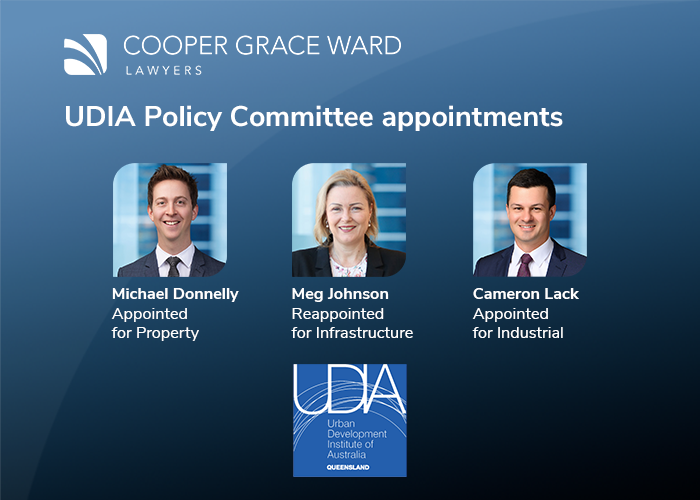Recent High Court decisions on whether workers were employees or contractors have prompted the ATO to release a new draft ruling and guideline.
Businesses should review their arrangements with contractors in light of the recent High Court decisions and ATO guidance.
What is new?
On 15 December 2022, the ATO introduced Draft Taxation Ruling TR 2022/D3 Income tax: pay as you go withholding – who is an employee? and Draft Practical Compliance Guideline PCG 2022/D5 Classifying workers as employees or independent contractors. The drafts replace the previous Taxation Ruling TR 2005/16 and revise the Commissioner’s views on the meaning of ‘employee’ for PAYG withholding and superannuation purposes. It is important to note, however, that the Draft Ruling will not be binding on the Commissioner in superannuation contexts.
This update comes after the High Court’s decisions in CFMMEU v Personnel Contracting Pty Ltd [2022] HCA 1 and ZG Operations Australia Pty Ltd v Jamsek [2022] HCA 2, which corrected the approach for determining who is an ‘employee’.
For many businesses, getting workers’ classification wrong may have significant impacts on their PAYG withholding, superannuation, payroll tax and reporting obligations.
The meaning of ‘employee’
The question of whether a person is an employee of a business is still a question of fact.
However, the High Court decisions make it clear that it is only the legal rights and obligations that constitute that relationship that help determine the question. The use of a ‘multifactorial approach’ or a ‘checklist’ analysing how the parties’ relationship worked in practice over time is not the test.
The Draft Ruling and the cases also emphasise that the label that the parties use to describe their relationship is not determinative. Instead, the contractual rights and obligations that govern the relationship and the indicia identified in case law are central.
The Draft Ruling also notes that contractual arrangements between an engaging entity and an individual may change over time and evolve into new worker classifications. Accordingly, contracts must be considered in light of any variations, waivers, discharges, sham arrangements or equitable remedies to determine whether the individual is an employee or an independent contractor.
How to determine who is an employee based on the parties’ contractual rights and obligations
At its core, the Draft Ruling considers that the distinction between an employee or other working relationship, such as independent contracting, is that an employee serves in the business of the engaging entity and works as a representative of the business. In contrast, independent contractors, for example, provide services in furtherance of their own business enterprise and not the engaging entity’s business.
The two most helpful considerations are generally control and the extent to which a worker is seen to work in their own business, as distinct from the business of the engaging entity.
The Draft Ruling also lists other common law indicia of employment to consider, including whether:
- the individual presents as an ‘emanation’ (their words) of the business
- the individual has sufficient control over their operations or has the ability to delegate work
- the arrangement is a ‘results’ contract
- the individual provides their own tools and equipment
- the individual bears any risk of the costs arising out of injury or defect in carrying out their work
- the contract expressly prevents the accumulation of goodwill.
Risk framework for worker classification arrangements
The Draft Guideline complements the Draft Ruling by providing a risk framework for worker classification arrangements. This allows parties to self-assess their risk to determine the likelihood of the ATO reviewing their arrangements.
The Draft Guideline recommends that risk should be limited by:
- ensuring that both parties understand the impact of the changes on their working arrangement and classification
- ensuring the contractual rights and obligations agreed by the parties reflect the changes in the working arrangement
- ensuring that, if the classification has changed, all parties understand the tax, superannuation and reporting consequences of the new classification
- ensuring that new professional advice has been obtained to confirm the classification in light of the new circumstances.
The risk framework emphasises the need for reassessing worker arrangements, as any changes in a working relationship may alter the worker’s classification.
Conclusion
The law has shifted significantly since the High Court decisions. Businesses should seek advice to check whether previous classifications are still correct.
The ATO’s Draft Ruling and Draft Guideline help identify the key factors that will determine an individual’s worker classification.
However, these factors may be complex in borderline or evolving working arrangements. Adopting an incorrect classification may have significant PAYG withholding, superannuation, and payroll tax consequences.
If you would like further information or advice in relation to this issue, we are running a webinar on 14 February 2023. Please register here.




